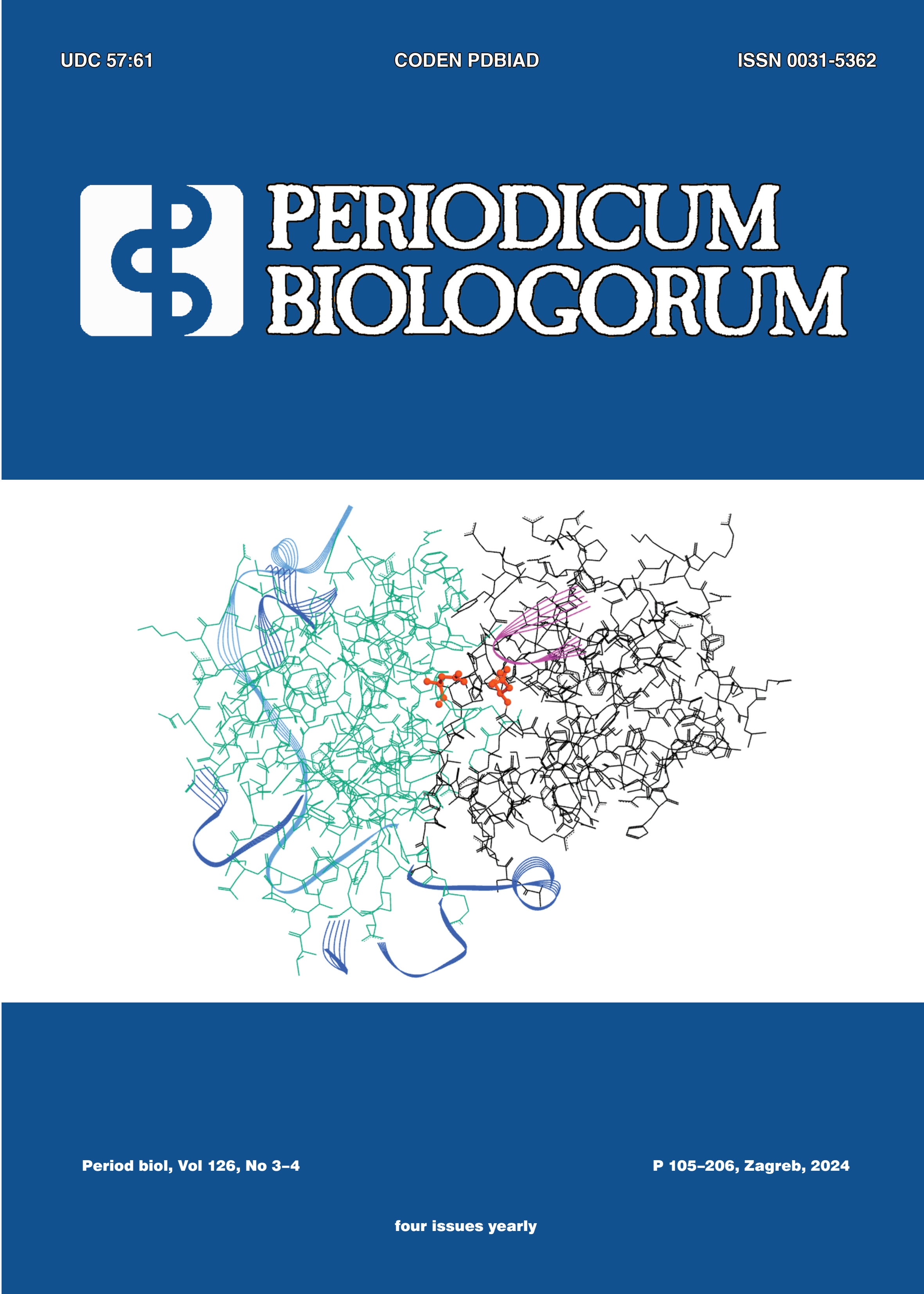Comparative efficacy of arbuscular mycorrhizal fungi and abamectin-based pesticide to manage the root-knot nematode infestation on tomato plants
DOI:
https://doi.org/10.18054/pb.v126i3-4.26424Abstract
Background and purpose: Root Knot Nematodes (RKN) hamper plant growth and productivity. They are basically managed by chemicals arising environmental and health concerns.
Material and methods: Pots and greenhouse experiments were conducted to test the bio-control effect of Trivago SC20 (based on abamectin derived from Streptomyces avermitilis) and Myco-up attack (based on Glomus iranicum var tenuihypharum mycorrhizae compared with the two nematicides [Vydate® (oxamyl) for pot assay and Mocap® (ethoprophos) for greenhouse assay] in controlling Meloidogyne javanica infesting tomato. Gall index, gall number /g root, egg-masses /g root, RKN /g root, multiplication rate, M. javanica density, nematodes groups frequency, hatched eggs/ egg masses, agronomic and production traits were studied to determine the efficiency of arbuscular mycorrhizal fungi (AMF) and abamectin compared with the fungicide application.
Results: The first experimental results showed that high nematode suppression was provided by G. iranicum and abamectin treatments. Both bio-nematicides were also effective in the control of M. javanica naturally infested tomato plants under greenhouse conditions. Besides, the G. iranicum and abamectin had a positive effect on plant growth because of stimulation of plant vegetation parameters, such as the shoot weight and root length. Furthermore, the AMF satisfactorily colonized the tomato roots.
Conclusions: Hence, tested abamectin and mycorrhizae-based products may be used for M. javanica management programs as an alternative and eco-friendly approach to fungicides, while preserving the environment.
Downloads
Published
Issue
Section
License
The contents of PERIODICUM BIOLOGORUM may be reproduced without permission provided that credit is given to the journal. It is the author’s responsibility to obtain permission to reproduce illustrations, tables, etc. from other publications.


